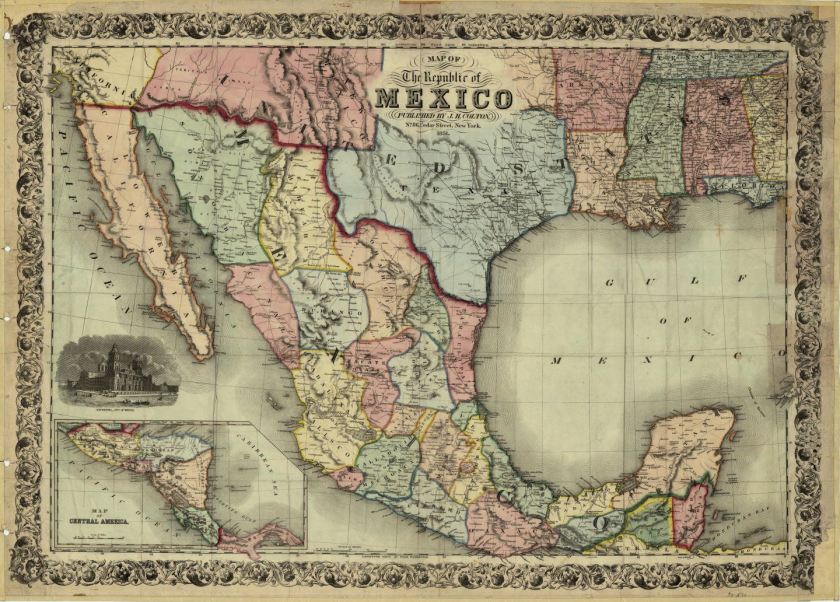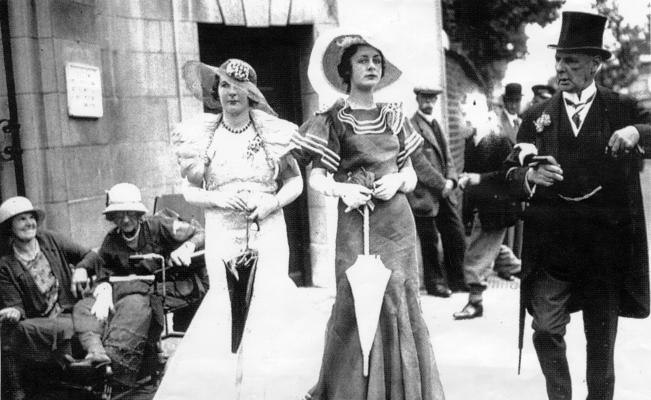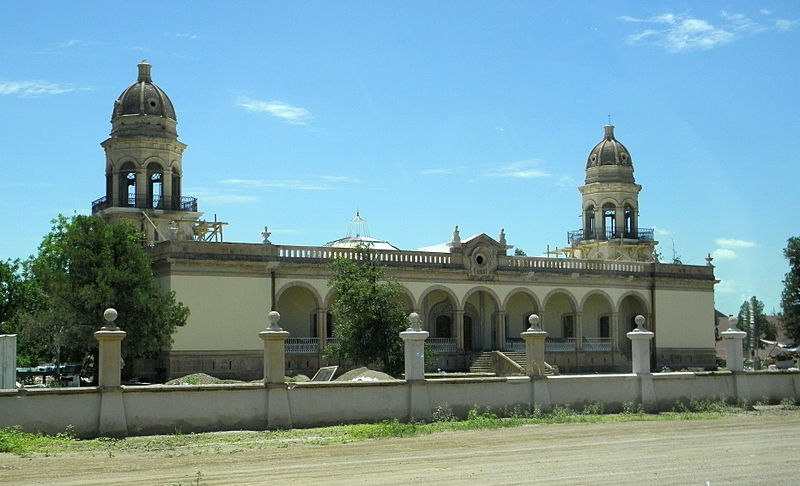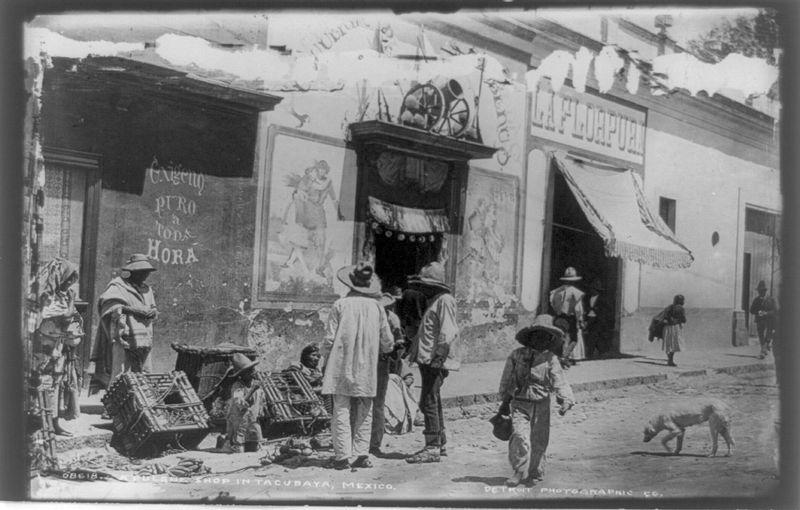¡Hola a todos! On May 25 will be the anniversary of the overthrow of Mexican President/dictator Porfirio Díaz, a significant moment which sparked the Mexican Revolution. In honor of that, I have decided to spend some time this month talking about what life was like in late 19th-early 20th century Mexico. This week will be focused on culture and society, or the social aspects of this time period known as “the Porfiriato.” Next week I will delve more into the politics of the era; finally, I will end with an explanation of the downfall of Porfirio Díaz.
As a quick matter of housekeeping, I am going to be pulling from two main sources: “El Porfiriato” by Sandra Kuntz Ficker and Elisa Speckman Guerra, from the book Historia general de México ilustrada volumen II (2010) [Spanish translation by me]; and “Ch. 25: Society and Culture during the Porfiriato” by Meyer, Sherman, and Deeds from the book The Course of Mexican History, 8th edition (2006). I highly recommend reading both, as they give a great overview of the time period.
At the end of the 19th century, Mexico was rapidly growing and developing. The wars between liberals and conservatives were over, as Porfirio Díaz remained in control of the country for over 30 years. In 1895, there were an estimated 50 million people living in Mexico. By 1910, it was 100 million. Rising birth rates were largely due to advances in medicine and nutrition, coupled with lower death rates due to living in a more peaceful era. The bulk of the population lived in the central states, which had disproportionately high numbers of people living there, as well as in Jalisco, Michoacán, and Oaxaca. Railroad development, mining, and port improvements contributed to the growth of cities. Ciudad Juárez, Monterrey, Mexico City, Guadalajara, and San Luis Potosí all saw huge increases in population during this time. Despite this, the country’s population was mostly rural: in 1900, about 80% of Mexicans lived in localities with under 2,500 people.

By 1910, all of the state capitals had electricity and most had tramways. City services like sewage systems and hospitals became more common during this time. In addition, travelers noticed less crime and political upheaval, although it was likely due to pay-offs of the army, rurales (countryside police), and local law enforcement.
As I mentioned previously, the era of liberalism was coming to an end. Corporatism, where group identity was important, became more widespread in contrast to the liberal idea of individualism with equal rights. For example, some groups were experiencing a rise in popularity: confraternities, guilds, campesino (farming) communities, barrios (neighborhoods), and professional societies. In addition, societal prejudices became more ingratiated due to the idea of determinism: that one’s physical and mental constitution determined one’s character, conduct, and morality. This concept was applied to both gender and race. This challenged the liberal idea that all people were born equal.
“The division of spaces and tasks, which assigned the woman to the private sphere and to the care of the family, while the man had the public space and the political and professional tasks, was justified on the basis of the weakness of women, their reduced cranial volume, their diminished rationality and their natural propensity for hysteria, sentimentality, and emotionality. This formed an artificial line between men and women, where in reality women owned property and worked in factories and offices, or in more traditional sectors like teaching, the field, selling food, and domestic service.”
Kuntz Ficker & Speckman Guerra, 178.

Women were a slowly growing population in higher education and the professional workplace, however, it was more common for them to remain in the home, if it could be managed financially. Upper and middle class women were, in general, expected to be submissive and to have a lot of patience with their husbands, often enduring marital infidelities and little decision-making power. Women often turned to the church for solace and community.
Income inequality was at a high point during this time. The elite, which constituted just a small portion of the population, held much of the nation’s wealth. This class consisted of hacendados (hacienda owners), bankers, and kings of industry and commercial activity. The elite mostly lived in cities and had interests in multiple areas of business. For example, the Creel Terrazas family from Chihuahua held lots of land in the state but were also involved in industry, commerce, and banking. For the upper classes, the true mark of success was how French one could become in taste and manners. French education, governesses, furniture, language, music, and cuisine reigned supreme.

The middle class was small, and included ranchers and caciques who held smaller tracts of land; hacienda administrators, skilled artisans, government bureaucrats, scribes, clergymen, low-ranking army officers, and professional men. This group had a larger presence in the cities, and typically had indoor plumbing, which was not widely available at the time. Unlike the lower classes, they were able to afford a varied diet which included meat and soup several times per week. Many members of the middle class could be callous in their treatment of lower class people, seeing their problems as personal failings.
The lower class was the largest, comprised of about 90% of the population. This included day laborers, soldiers, beggars, domestics, street vendors, and the unemployed. The people mostly subsisted on corn, beans, chile, and pulque, with meat being almost totally absent from their diets. Due to poor nutrition and medical care, life expectancy was only about 30 years and the masses were susceptible to a number of diseases.

Small farmers were also in this category, usually with remote lands or poor soils. Or they could be “campesinos sin tierra” (farmers without land) who worked as migrant field workers on the haciendas. Some were tied to the land as peones, in a form of debt servitude to the hacienda owner where the owner would cover a worker’s initial expenses but a worker would never make enough to fully pay off the debt. The peon also had to buy supplies at the tienda de raya, the property’s general store, and so would thereby be sinking his wages back into the hacienda. Working conditions were the worst in the southeast on the henequen and tobacco haciendas, where workers were more strictly tied to the land and lived in the poorest conditions. The situation was somewhat better in the north where there were less laborers and more demand for workers.

Many of this class emigrated to cities, where they began to work in factories. Artisans could not compete with factory output and so this profession gradually dwindled. In the cities, salaries were low and generally not enough to support a family: experienced workers made between 2-5 pesos per day in 1910, less experienced workers made 75 centavos – 1 peso per day; and women and children made 25 – 10 centavos, respectively. The regular work day consisted on 12-14 hour shifts and a worker could be dismissed at any time without warning, even when there was an accident on the job. The working conditions were very similar to what you may have learned about in 19th century US history.

Religion remained the centerpiece of society, even through the Liberal reforms: according to a census, more than 99% of Mexicans were Catholic, only .5% being Protestant. The Church provided schools and attended to the sick and needy. Some groups became involved in social issues like reducing inequality amongst factory workers. Even though people now had to register with the civil authorities to be legally married, church weddings remained the most popular. Religious festivals and devotions remained important during this time.
Race remained a barrier for many in the poorer classes to overcome. Indigenous peoples have historically faced discrimination in Mexico, though beginning in the early 19th century, their glorious Aztec and Maya pasts (just to name a few) had become idealized as a true marker of mexicanidad. Kuntz Ficker and Speckman Guerra explain:
“From Independence [in 1821], the Prehispanic past was idealized, but this idealization contrasted with the vision that was held about the indigenous person, who was described as indifferent, servile, untrustworthy, taciturn, a liar, and bloodthirsty, with little inclination toward work, hygiene, or family, and a high inclination toward vagrancy and alcoholism.” 178-179.
Some thought of the poor situation of indigenous peoples as a result of limited opportunities for work and education, but some thought of it as inborn and insurmountable, hence their exclusion from the national political and social projects of the day.

Education became an important tool of the Porfiriato. Free, uniform, obligatory, and secular instruction was considered the best way to create a national conscience. Education for children expanded during this time as a way to inculcate patriotic values into the youth. In 1891, Mexican politician and writer Guillermo Prieto maintained: “in school the patria is breathed, the patria is born.” (We will talk more about the expansion of education next week during the political discussion.)
Not everyone was patriotic or bought into the Porfirian regime, however. Socialism was an up-and-coming school of thought, and even anarchism by the likes of Richard Flores Magón became well-known. Modernism in writing became popular, with famous poets like Salvador Díaz Mirón, Manuel Gutiérrez Nájera, Amado Nervo, and José Juan Tablada, who “redeemed the usage of symbols and questioned the primacy of reason.” Kuntz Ficker & Speckman Guerra, 194
In the arts, the Art Academy of San Carlos in Mexico City dominated. Future giants of Mexican art – Diego Rivera and José Clemente Orozco – came from that school. Emphasis was placed on copying European models but a few students (such as the aforementioned) began to break with this tradition and to experiment with Mexican themes. This will later become an important aspect of the Mexican Revolution.
Aspects of late 19th – early 20th century Mexico may sound familiar to those with a background in U.S. history: the income inequality, the working conditions, the gender and racial discrimination. One of the main differences was the expansion of the haciendas and the continued disenfranchisement of farmers and indigenous peoples. This laid the groundwork for the overthrow of the Díaz regime in 1911. Join me next week as we discuss the political program of the Porfiriato.

One thought on “May 5 – 11, 2019 – Society & Culture during the Porfiriato (1876 – 1910)”